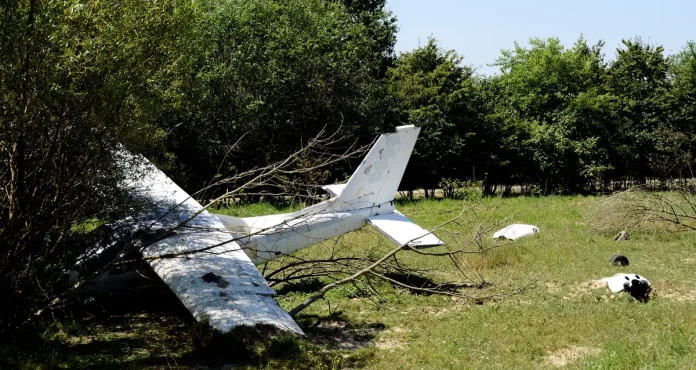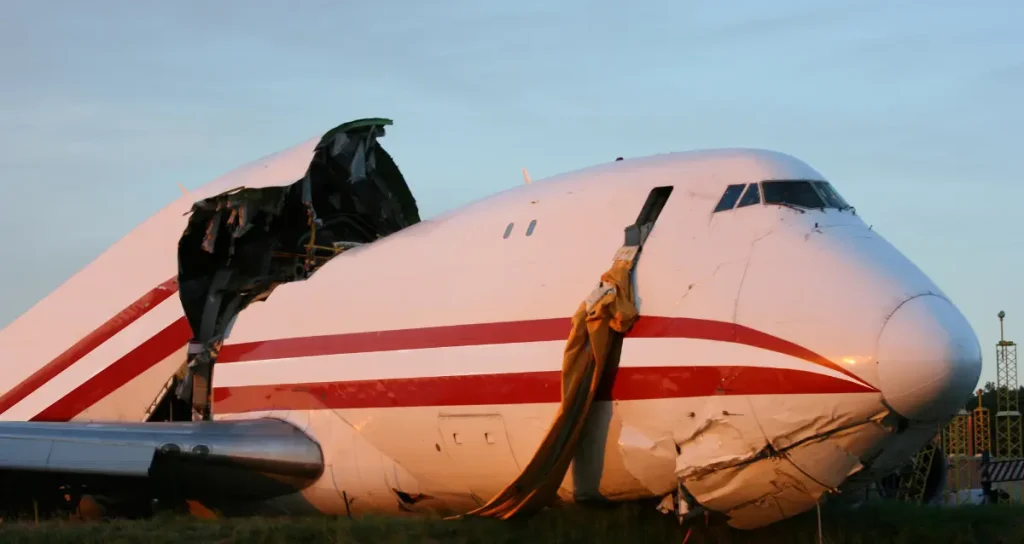
Determining who’s responsible for a plane crash is complex. Multiple parties investigate carefully to understand what happened and make flying safer. When an aircraft incident occurs, it’s crucial to understand which party or parties might be responsible for what happened. Figuring out why a plane crashed is very important. When a plane crashes, experts investigate several factors to determine the cause. They check whether the pilot made a mistake or if the plane had a problem. Legal experts and safety pros team up when accidents happen to figure out the cause. Thanks to discoveries, flying just got safer. These changes help everyone chip in and lead to higher pay for aviation workers. It’s a win-win for those in the flying business.
Pilot Error
One of the most common factors investigated in aviation accidents is pilot error. Pilots are responsible for managing countless tasks in the cockpit, and sometimes, mistakes happen. Whether due to misjudgment, inadequate training, or fatigue, pilot errors can lead to catastrophic outcomes. After a plane crash, experts examine flight data and cockpit recordings to determine whether the pilot made mistakes. They also check whether being rushed or other pressures caused mistakes. This helps us understand whether the crash could have been avoided.
Mechanical Failures
Another critical area of investigation is mechanical failure. Aircraft are complex machines that require rigorous maintenance and regular checks to operate safely. Failure can occur due to design flaws, manufacturing defects, or maintenance oversights. Experts who know a lot about airplane mechanics examine crash sites closely to find clues. They also check the plane’s maintenance records and design details to see if any mechanical problems contributed to the crash.

Air Traffic Control and Regulatory Factors
Air traffic controllers play a vital role in ensuring the safe operation of aircraft within their airspace. If an accident occurs, part of the liability may fall on the decisions made by air traffic control. Aviation safety regulators check that all rules are followed. They also look at the rules to see if they cover all the risks. Their job help make sure that flying is safe.
Manufacturer Liability
Aircraft manufacturers might also be held liable if an investigation reveals that a design or production defect contributed to the accident. If a plane crash is caused by faulty parts, the maker of those parts can be held responsible. To take legal action against manufacturers, people check the design and testing records. They also made sure that safety rules were followed.
Environmental and External Factors
Sometimes, factors outside human control, such as weather conditions, can play a significant role in aviation accidents. Experts check if bad weather or birds hitting the engine led to a plane problem. Learning about these issues can help make flying safer. This knowledge is used to train pilots more effectively. As a result, flying becomes safer for everyone.
After a plane crash, figuring out who is responsible is essential. The goal is to make flying safer. Experts investigate causes, from human errors to broken parts. They check everything and follow legal steps. Every crash teaches lessons on improving safety. The main focus is preventing future crashes to protect travelers. Investigators also look at training and procedures to see if changes are needed. Updates to technology and equipment are often considered as well. All of this work aims to ensure that air travel remains one of the safest ways to get around.
Check out 6 Essential Fire and Safety Services Every Business Needs.









